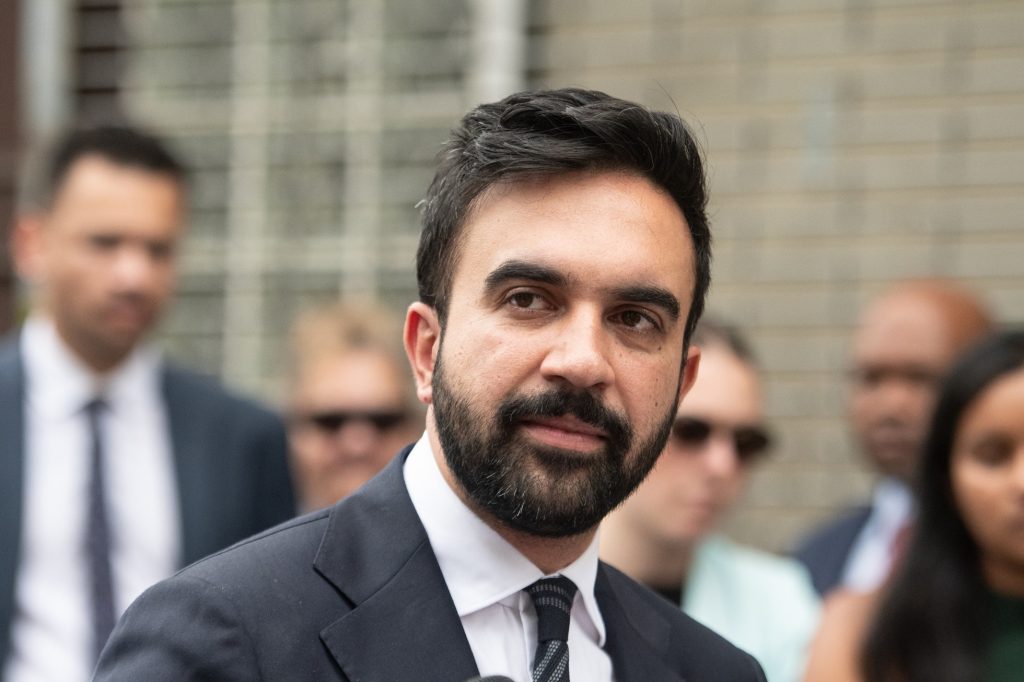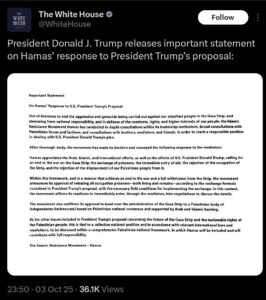
In early September, Zohran Mamdani, the leading candidate to be the next mayor of New York, announced he could no longer accept campaign contributions even though the election was two months away.
“Do not send us any more money,” the Democratic nominee said in a video posted to social media.
That’s an odd statement from a candidate for office, but a necessary one from a person running in the Big Apple, where candidates rely not just on donations from supporters but also additional dollars provided by a public financing system.
Ian Vandewalker, a campaign finance expert at the Brennan Center for Justice, said this year’s mayoral race stands out for the difference in how candidates are raising money. One candidate — Mamdani — has run a small-donor campaign, maxed out on public funds and can’t take anymore money because he’s hit expenditure limits.
“And then other candidates, multiple of whom have focused more on large donations and have benefited from or attempted to benefit from large super PAC spending, it’s just a real contrast,” Vandewalker said.
The matching funds program, operated by the New York City Campaign Finance Board, is one of the oldest of its kind in the nation. Since its inception in 1988, the agency has worked to limit the influence of private money in elections through the matching funds program.
The program allows candidates to opt into a program through which the city matches individual donations under the condition they abide by certain spending and contribution limits.
- Mayoral candidates who opt in to the program face contribution limits of $2,100 per individual donor compared to non-participants, who have contribution limits of $3,700.
- While mayoral candidates who opt in aren’t allowed to receive as much money per individual, they’re able to receive $8 for every $1 donated per individual up to $250 of the donation. That means they could receive up to $2,000 in public funds per donor.
- Participants in the program are subject to a $7.9 million spending limit, while non-participants have no limit.
- To qualify for the program, mayoral candidates must raise at least $250,000 from more than 1,000 individuals.
- Mayoral candidates can receive up to roughly $7 million in public funds for the primary and another $7 million for the general election.
Mamdani announced in March that he had hit the $7.9 million spending limit for the primary election and then released the Sept. 5 video announcing he had hit the same spending cap for the general contest.
Mamdani has led all candidates — including former New York Gov. Andrew Cuomo and current Mayor Eric Adams — in total fundraising, with the majority of his dollars coming from public funds. Cuomo has raised the most in private donations received, but has received much less public matching, according to the most recent campaign reports filed in August. (Mamdani defeated both Adams and Cuomo in the Democratic primary; they both entered the general election as independents but Adams withdrew from the race on Sept. 28.)
Prior to withdrawing from the race, Adams was denied public funding more than 10 times because his campaign failed to submit requested documents and may have violated election law.
On Oct. 3, the campaigns will file updated fundraising reports. In the last filing from August, the four candidates on the general ballot reported having raised a total $35.7 million since the start of the 2025 race, about 55 percent of which came from public funds.
Vandewalker said given the limitations prior Supreme Court rulings have set on campaign finance regulations, public matching fund programs are powerful tools in responding to big money in politics.
“Public financing is the most effective and powerful reform because we can’t stop super PACs and rich donors from spending as much as they want, but we can sort of lift everybody else’s voices up with matching funds,” Vandewalker said.
In races with public matching funds, donors often reflect a more diverse and representative cross-section of candidates’ potential constituents in comparison to races without such programs. And candidates who opt in are able to focus their fundraising efforts on residents of their districts, rather than larger corporate sources
Public matching programs don’t just escalate the power of small donors, they can increase the diversity of candidates who can run.
“We hear that testimony consistently where candidates say, ‘I never could have run because I don’t have a network of lawyer friends or whatever,’” Vandewalker said. “The ability to throw your hat in the ring and start up a campaign is much better with public financing.”















